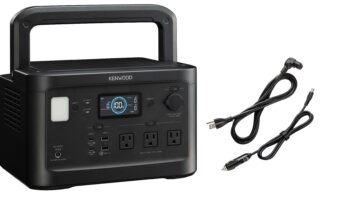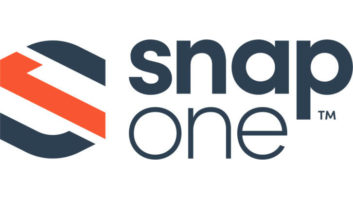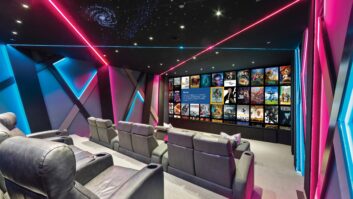Westlake Village, Calif. –
Factory-installed OEM navigation systems are headed in the wrong direction,
according to a J.D. Power and Associates satisfaction study.
“Vehicle owners are continuing to
experience a high number of problems with factory-installed navigation systems,
primarily with routing quality and system usability,” the company said.
The findings are good news for
makers of portable navigation devices (PNDs) but not necessarily for all
aftermarket in-dash navigation suppliers, some of whom make the OEM systems
faulted in the report.

The study found that almost a
third of reported problems with OEM nav systems in 2011-model-year vehicles is
related to ease of use, and “the trend toward integrating the controls of
different systems in the vehicle — including audio, climate control and phone
— only adds to the ease-of-use issues that owners experience with their
navigation system,” J.D. Power said.
“Routing — the primary function
of a navigation system — is obviously an issue and will continue to be,” said
J.D. Power director Andy Bernhard. “However, for nearly 10 years, the
importance of ease of use has been emphasized by owners, and the continued high
level of problems in this area begs the question — is the industry listening
to how owners want to interact with their system?”
The study measured quality by
examining problems per 100 navigation systems. On average, owners of
factory-installed navigation systems experienced 351 problems per 100
navigation systems, and eight types of problems accounted for more than 50 percent
of problems reported overall. The eight most-frequent problems were:
-
address/street/city not found (33 problems per 100
systems);
- difficulty inputting destination (32 problems per 100);
-
provided route was not direct (24 problems per 100);
- difficulty using voice recognition (23 problems per 100);
-
map doesn’t show enough street names (21 problems per 100);
- couldn’t find desired menu/screen (19 problems per 100);
-
map or point-of-interest search was missing points of
interest (16 problems per 100); and
- inability to view screen due to glare (14 problems per
100).
Said Bernhard, “Owners continue
to demand a high level of technology, but it is through the integration of this
technology into their day-to-day lives that both adoption and satisfaction will
be influenced * and the industry continually appears to be missing the mark.”
On a 1,000-point scale measuring
nav-system satisfaction by vehicle model, the average score among 80 vehicle
models came to 695 points, J.D. Power said. (See chart.) LINK TO 24OEMnav11.pdf in webart 24
The system with the highest score
of 767 was a Garmin system in the Dodge Charger, whose owners cited display
screen performance, ease of use and system speed as positive factors, the
company said. Next came a Hyundai-Mobis system in the Hyundai Genesis Coupe,
which scored 761 points. Third place went to the Garmin system in the Chrysler
300 series with 760 points. The top three were followed, in order, by an Alpine
system in the Acura TSX Sedan, a Harman system in the Audi S4, a Hyundai Mobis
system in the Hyundai Elantra, and a Clarion system in the Ford Flex.
The nav systems in these seven
vehicle models were the only systems to get five out of five circles in J.D.
Power’s Power Circle Ratings.
The 19 vehicles with the least nav-system
satisfaction received only two of five circles. Those systems included eight Denso
systems, one Bosch system, one Clarion system, two Melco systems, one Harman
system, three TeleNav systems and three Alpine systems.
J.D. Power based its “2011 U.S.
Navigation Usage and Satisfaction Study” on responses from 18,303 owners who
recently purchased or leased new 2011 model-year vehicles with
factory-installed navigation systems. The study was fielded in October.











